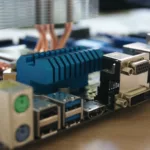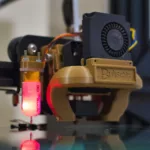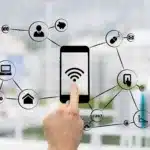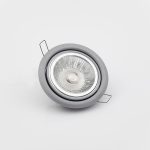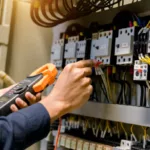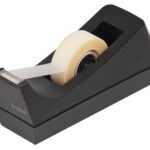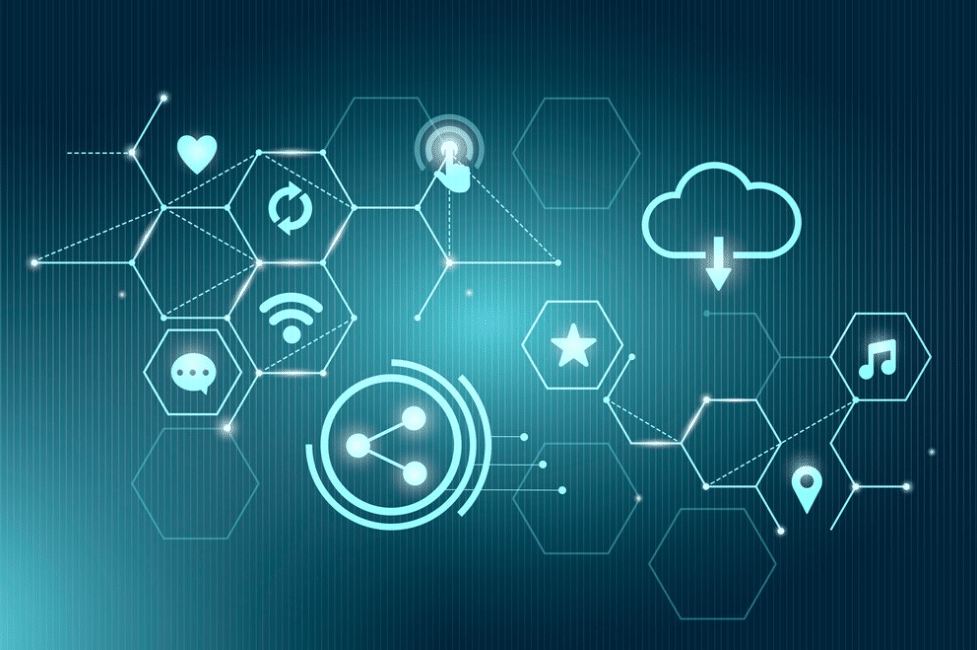
Introduction
In today’s rapidly evolving retail landscape, staying at the top of the edge requires more than just offering great products or services. It demands innovative approaches to enhance the customer experience, optimise operations, and boost efficiency. The Internet of Things (IoT), an innovative technology, is transforming the retail industry, bringing about a new era of smart retailing. This article enlists the manifold benefits of smart retailing with IoT, highlighting its importance for optimised processes in retail industries.
Introduction to IoT in Retail: A Short Overview of Its Importance
The IoT is an advanced technology that involves communication and data exchange between various devices with interconnected networks using the Internet. IoT in retail refers to using interconnected devices and sensors to collect, transmit, and analyse data to enhance multiple aspects of the retail business. IoT in retail industries is reshaping how businesses operate and interact with customers. IoT devices such as smart shelves, beacons, and RFID tags streamline inventory management, reducing stockouts and overstocking, ultimately increasing profitability and customer satisfaction in retail enterprises.
Smart Retailing with IoT: Exploring the Unparalleled Benefits
Smart retailing with the IoT offers unprecedented benefits to retailers and potential customers. Some of the crucial benefits include:
Enhanced Customer Experience
Providing an exceptional and customer-centric experience is critical in today’s competitive retail landscape. It plays a pivotal role in achieving this goal by providing:
- Personalised Shopping – IoT enables retailers to gather valuable data about customer preferences and behaviour, which, in turn, can create highly personalised shopping experiences. For example, smart shelves equipped with sensors can suggest products based on a customer’s past purchases or current location in the store.
- In-Store Navigation – Customers often struggle to find products in large retail spaces, which is a laborious and time-consuming job. Powered navigation systems can guide them to the exact aisle or shelf where the desired item is located, improving their shopping experience and saving time.
- Interactive Fitting Rooms – Smart fitting rooms equipped with IoT devices can offer customers personalised recommendations. These facilities can contribute to suggesting matching accessories or even allow customers to request different sizes or colours without leaving the fitting room.
Inventory Management and Supply Chain Optimisation
Implementing IoT technology can significantly enhance the efficiency and effectiveness of inventory management and supply chain optimisation in the retail industry. Here’s how it can enhance the bespoke aspects:
- Real-time Inventory Tracking – IoT sensors can monitor inventory levels in real-time, alerting retailers to low stock levels and potential theft or damage. This data helps maintain optimal stock levels, reducing instances of overstocking or understocking.
- Predictive Maintenance – IoT-enabled devices can predict when equipment or machinery in the supply chain might require maintenance. This proactive approach can lead to minimised downtime and reduce operational costs.
- Efficient Supply Chain Management – It enables retailers to optimise routes, reduce transportation costs, and enhance their entire logistics process efficiency by providing end-to-end visibility into the supply chain.
Loss Prevention and Security
IoT technology facilitates loss prevention and security in the retail sector with integrated capabilities that help retailers protect their valuable assets and create a safer shopping environment. IoT provides various ways for loss prevention and security in retail, such as:
- Theft Deterrence – IoT surveillance cameras and sensors can help deter theft by monitoring suspicious activities and alerting security personnel in real-time. This reduces losses due to shoplifting and employee theft.
- Fire and Safety – IoT-connected fire and safety systems can ensure a safe shopping environment by automatically detecting and responding to emergencies. These systems provide robust safety practices for both customers and employees.
Data-Driven Decision Making
IoT in retail can lead to data-driven decision-making about various processes that result in increased sales, reduced costs, and improved customer satisfaction in the market. These benefits are achieved by implementing the following trends:
- Business Analytics – It generates vast amounts of data–analysed for insights into customer behaviour, trends, and preferences. Retailers can use the information to make informed decisions about product offerings, marketing strategies, and store layouts.
- Demand Forecasting – Accurate demand forecasting is critical for retailers. IoT data can help predict future demand trends, enabling businesses to stock the right products at the right time and reduce the risk of overstocking or understocking.
Sustainability and Energy Efficiency
IoT can significantly contribute to robust sustainability and energy efficiency in retail industries by harnessing the following ways:
- Energy Management – IoT systems can enhance retailers’ sustainability goals, optimise energy usage, and reduce costs by monitoring and controlling store lighting, heating, and cooling systems.
- Waste Reduction -enabled efficient inventory management can reduce food waste in grocery stores and minimise the disposal of unsold products, supporting environmentally responsible retail practices.
Bottom Lines
Integrating IoT into the retail industry is ushering in a new era of smart retailing with undeniable benefits. This cutting-edge technology is undoubtedly providing endless possibilities with customer-focused retail experiences. Further technological advancements in smart retailing with it can create a seamless, efficient, and enjoyable shopping experience for customers while reaping the rewards of improved operations and sustainability.








